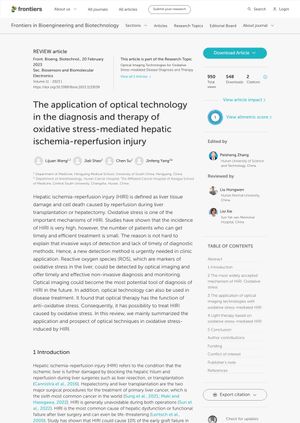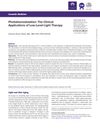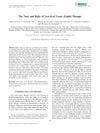The Application of Optical Technology in the Diagnosis and Therapy of Oxidative Stress-Mediated Hepatic Ischemia-Reperfusion Injury
February 2023
in “
Frontiers in Bioengineering and Biotechnology
”

TLDR Optical imaging and light therapy show promise for diagnosing and treating liver injury caused by surgery.
Hepatic ischemia-reperfusion injury (HIRI), a common cause of liver dysfunction post-surgery, currently lacks effective diagnostic methods and approved drugs for treatment. However, optical imaging techniques such as fluorescence imaging (FI) and photoacoustic imaging (PAI) can visualize the excessive production of reactive oxygen species (ROS), a major cause of HIRI, in a real-time, effective, specific, and non-invasive manner. Light therapy methods like photodynamic therapy (PDT), photobiomodulation therapy (PBMT), and laser therapy (LT) show promise for treating HIRI due to their antioxidant properties. The study also developed a probe, APNSO, which can detect changes in O2·- in animal models with HIRI, allowing for early diagnosis and evaluation of therapeutic effects. Another probe, Rhod-CN-B, was able to detect ONOO- without interference from other reactive oxygen species. The potential of fluorescence lifetime imaging (FLIM) and optoacoustic imaging (OAI) in diagnosing HIRI was also discussed. PBMT and low-level light therapy (LLLT) have shown potential in treating HIRI by enhancing metabolic ability, stimulating anti-inflammatory, anti-apoptosis, and anti-oxidation responses, and reducing exercise-induced oxidative stress. However, further research and clinical trials are needed to validate these findings.

